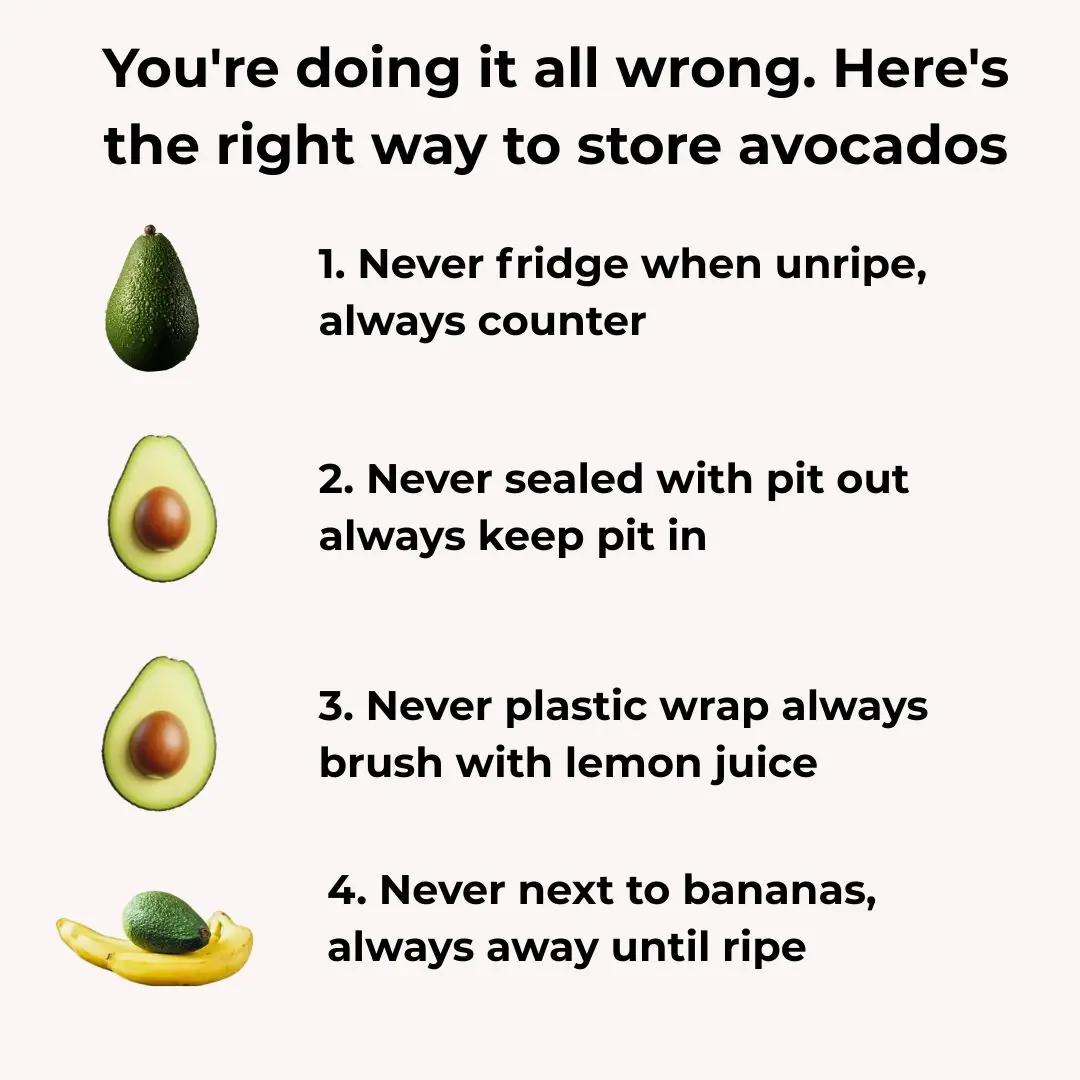
You're doing it all wrong. Here’s the right way to store potatoes
🥔 Stop Storing Potatoes the Wrong Way — Here’s How to Keep Them Fresh for Months
Potatoes are a kitchen essential around the world — versatile, nutritious, and long-lasting. But if you’ve ever found your potatoes sprouting, turning green, or going mushy too soon, your storage method might be to blame. Many people unknowingly make simple mistakes that shorten the shelf life of their spuds. Let’s fix that.
✅ Why Proper Potato Storage Matters
Potatoes are still biologically active after harvest. They continue to respire, which means they can sprout, rot, or lose flavor if stored incorrectly. With the right conditions, however, they can stay fresh for weeks or even months, saving you money and reducing food waste.
🧊 1. Never Store Potatoes in the Fridge
It might seem logical to keep potatoes cold, but refrigeration causes their starches to convert into sugar. This leads to:
-
Unpleasantly sweet taste
-
Grainy texture
-
Formation of acrylamide, a potentially harmful chemical when cooked at high temperatures
Instead: Store them in a cool — but not cold — place.
🌡️ 2. Ideal Temperature and Location
-
Temperature range: 45°F to 50°F (7°C to 10°C)
-
Best spots: Basement, pantry, or cupboard away from heat sources
-
Avoid: Storing near ovens, dishwashers, or sunny windows
Proper ventilation is key. Choose a spot that’s dark, dry, and well-aerated.
🧺 3. Use the Right Container
Plastic traps moisture and promotes mold. Instead, opt for:
-
Paper bags
-
Burlap sacks
-
Cardboard boxes with ventilation holes
These materials allow air to circulate and prevent moisture buildup.
🧅 4. Keep Potatoes and Onions Separate
Onions release gases that accelerate potato spoilage. Storing them together can cause:
-
Faster sprouting
-
Transfer of odors
-
Reduced shelf life
Solution: Store them in separate containers or different areas of your kitchen.
☀️ 5. Protect from Light Exposure
Light triggers the production of chlorophyll and solanine, which:
-
Turns potatoes green
-
Makes them bitter
-
Can cause nausea if consumed in large amounts
Tip: Cover potatoes with a cloth or store them in a closed cabinet.
🚿 6. Don’t Wash Before Storing
Moisture encourages mold. Instead:
-
Brush off excess dirt
-
Wash only before cooking
💧 7. Humidity Matters
Too much humidity = rot Too little = shriveled potatoes
Ideal humidity: 80–90% Use a humidifier in dry climates or store with a damp cloth nearby (not touching the potatoes).
👀 8. Check for Spoilage Regularly
Remove any potatoes that show:
-
Soft spots
-
Wrinkled skin
-
Strong odor
-
Green patches or sprouts
Cut away small green spots before cooking. Discard heavily sprouted or green potatoes.
🧪 9. Viral Hacks: Fact or Fiction?
Some online tips — like storing potatoes with apples — claim to prevent sprouting. While apples release ethylene gas that can slow sprouting, results vary. Stick to proven methods: cool, dark, dry, and ventilated storage.
🧊 10. Long-Term Storage Options
If you buy in bulk or grow your own:
-
Consider a root cellar or cold storage unit
-
Mimic cellar conditions with a cool, dark closet and breathable containers
-
Rotate stock and remove spoiled potatoes promptly
News in the same category


8 reasons why adding baking soda to your toilet tank is a must-do trick
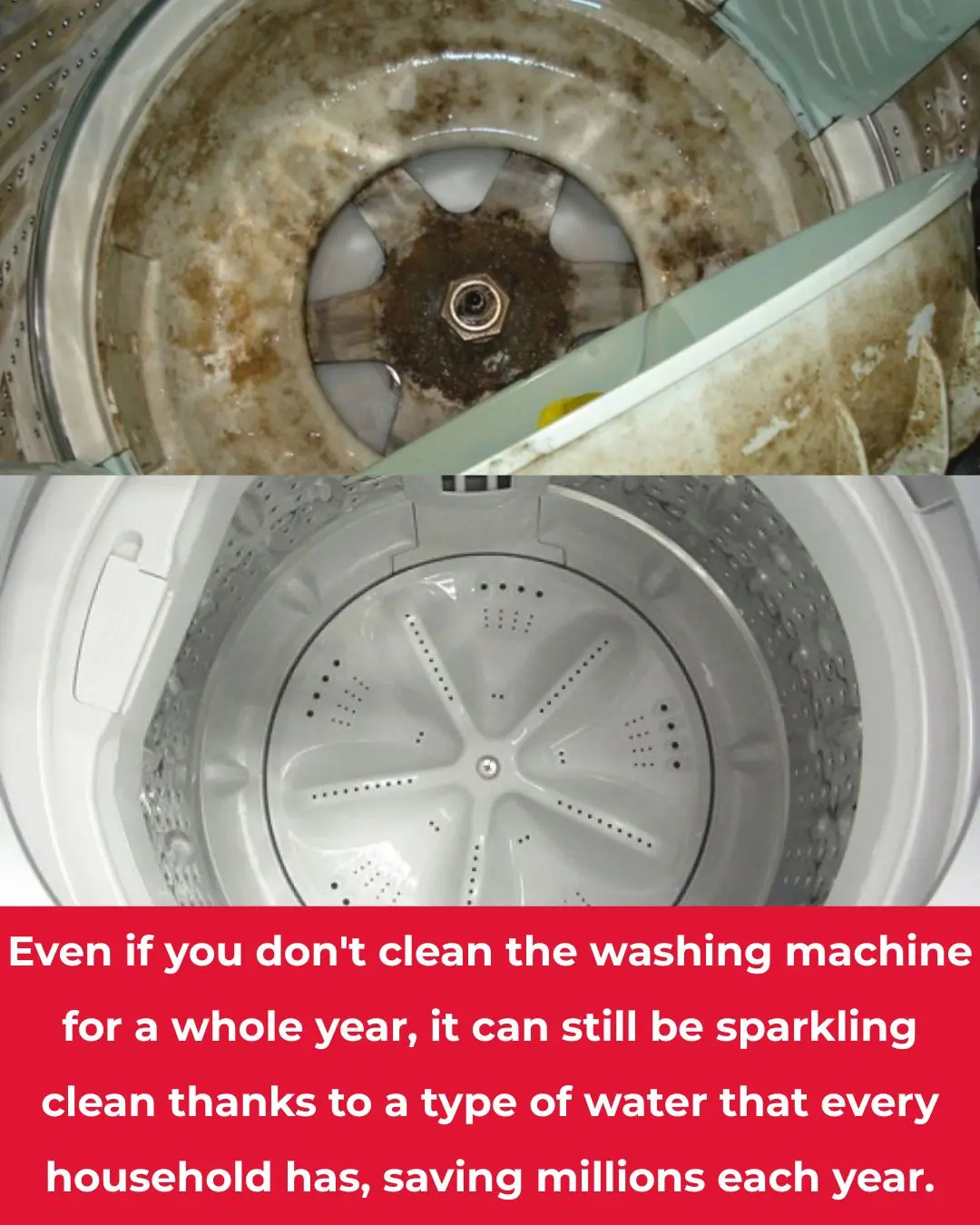
Washing machine stays clean all year without scrubbing thanks to a common household liquid, saving millions every year 👇👇

Aster flowers, the 'miracle cure' hidden in roadside wild plants
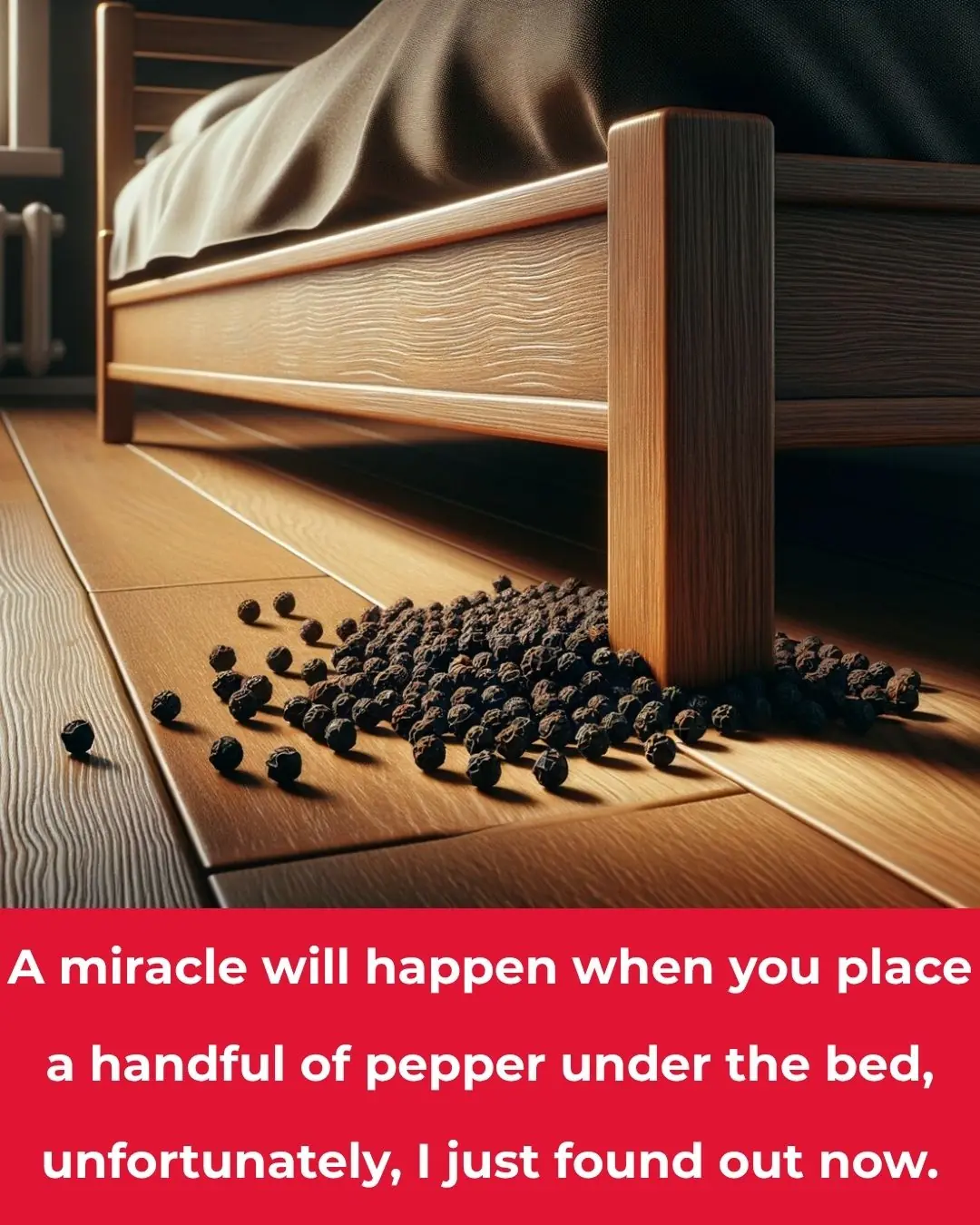
A miracle will happen when you place a handful of pepper under your bed, too bad I just found out 👇👇👇

Don't boil chicken with salt and plain water, or it will turn out fishy and reddish. Try this method for golden skin and sweet meat.

Don't throw away tea that's been left overnight: It has up to 5 amazing uses that everyone will love

Should You Place a Fan Close to or Far from the Bed While Sleeping? Many Homes Are Doing It Wrong

Simple, Cost-Free Ways to Fix Moldy or Peeling Walls — Easy Solutions for Every Home

Why Do Fish Sellers Often Use Black Plastic Bags? A Simple Trick Few People Notice
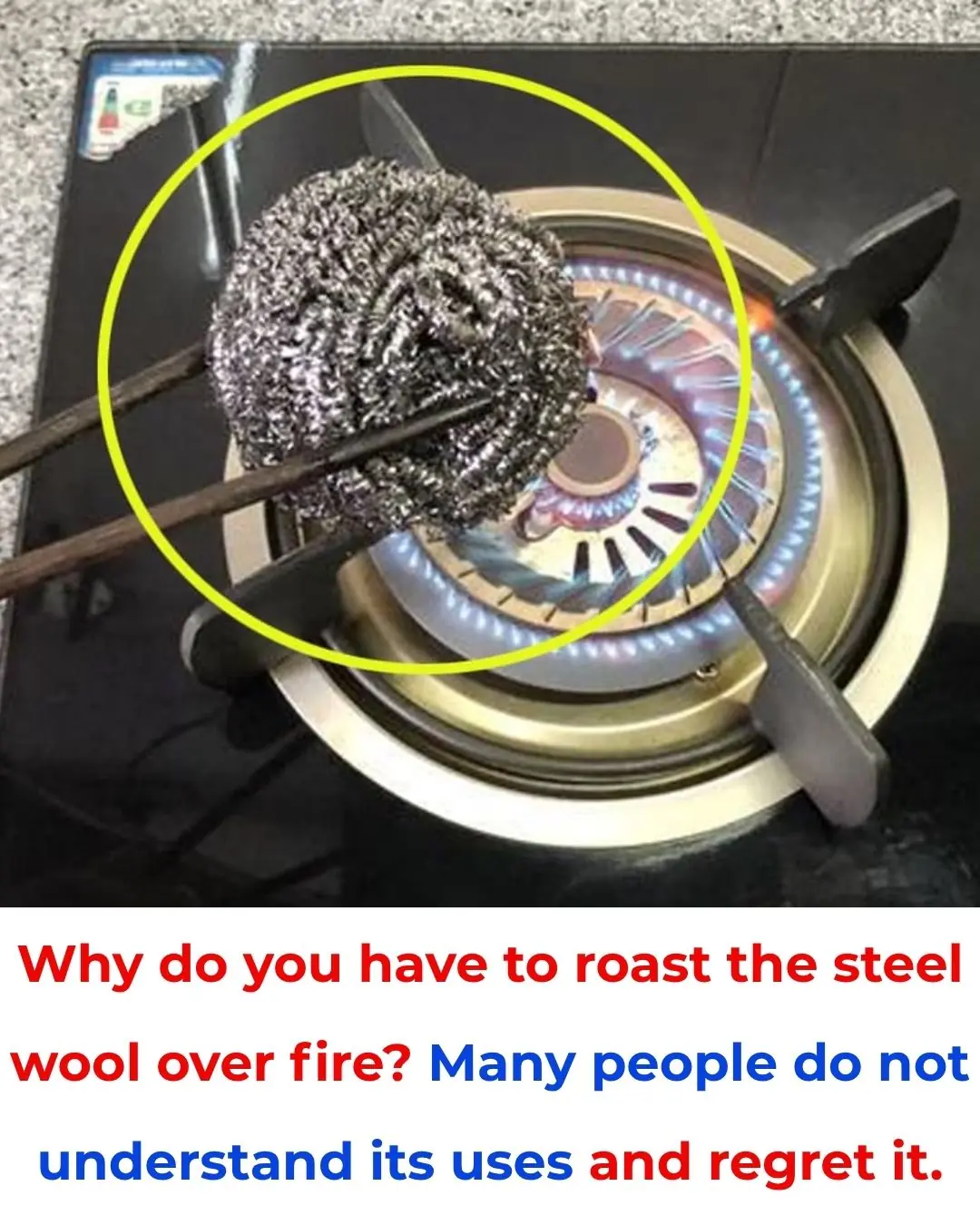
Why Do We Burn Steel Scrub Pads Over Fire? Many People Don’t Know This Useful Trick
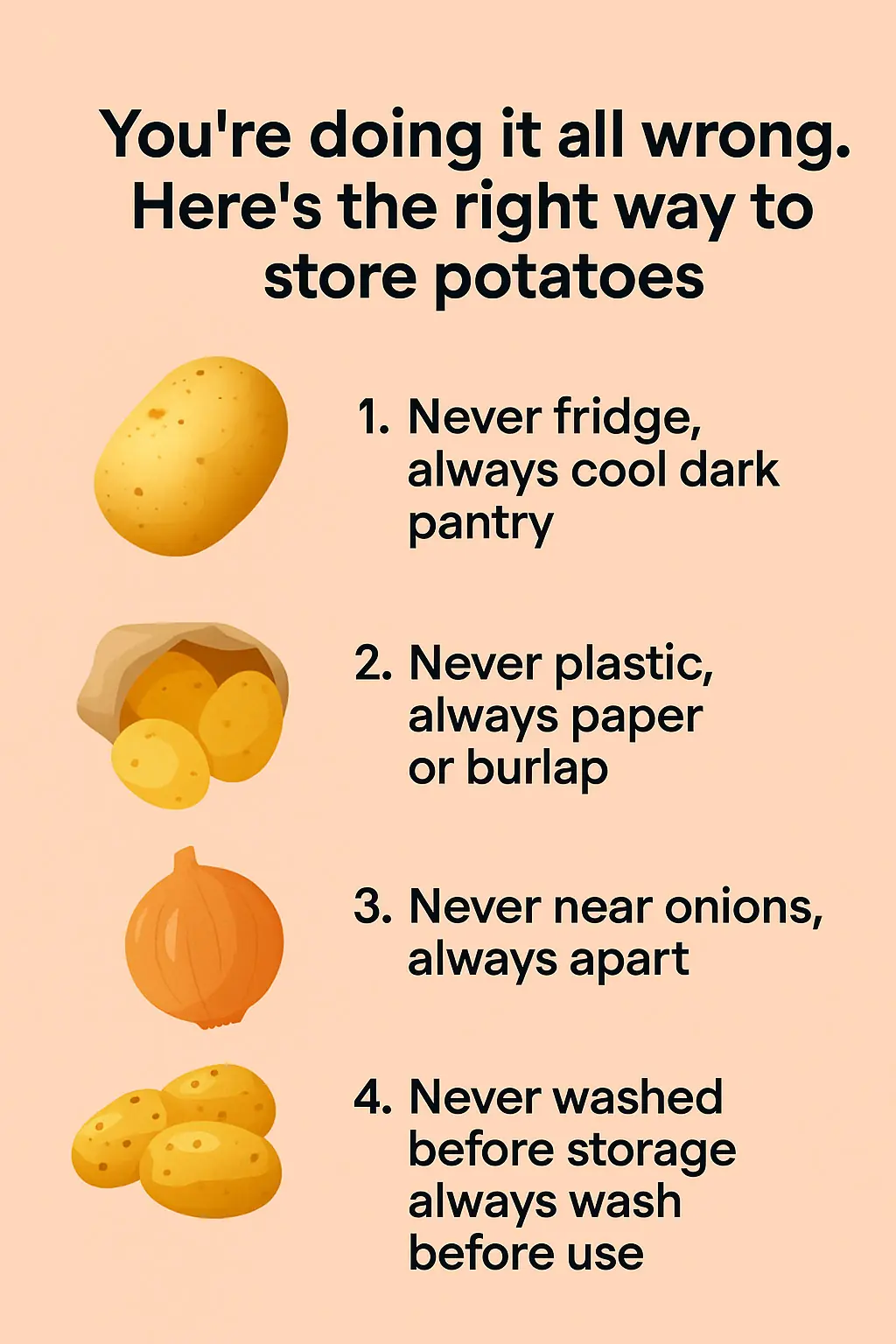
You're doing it all wrong. Here’s the right way to store potatoes
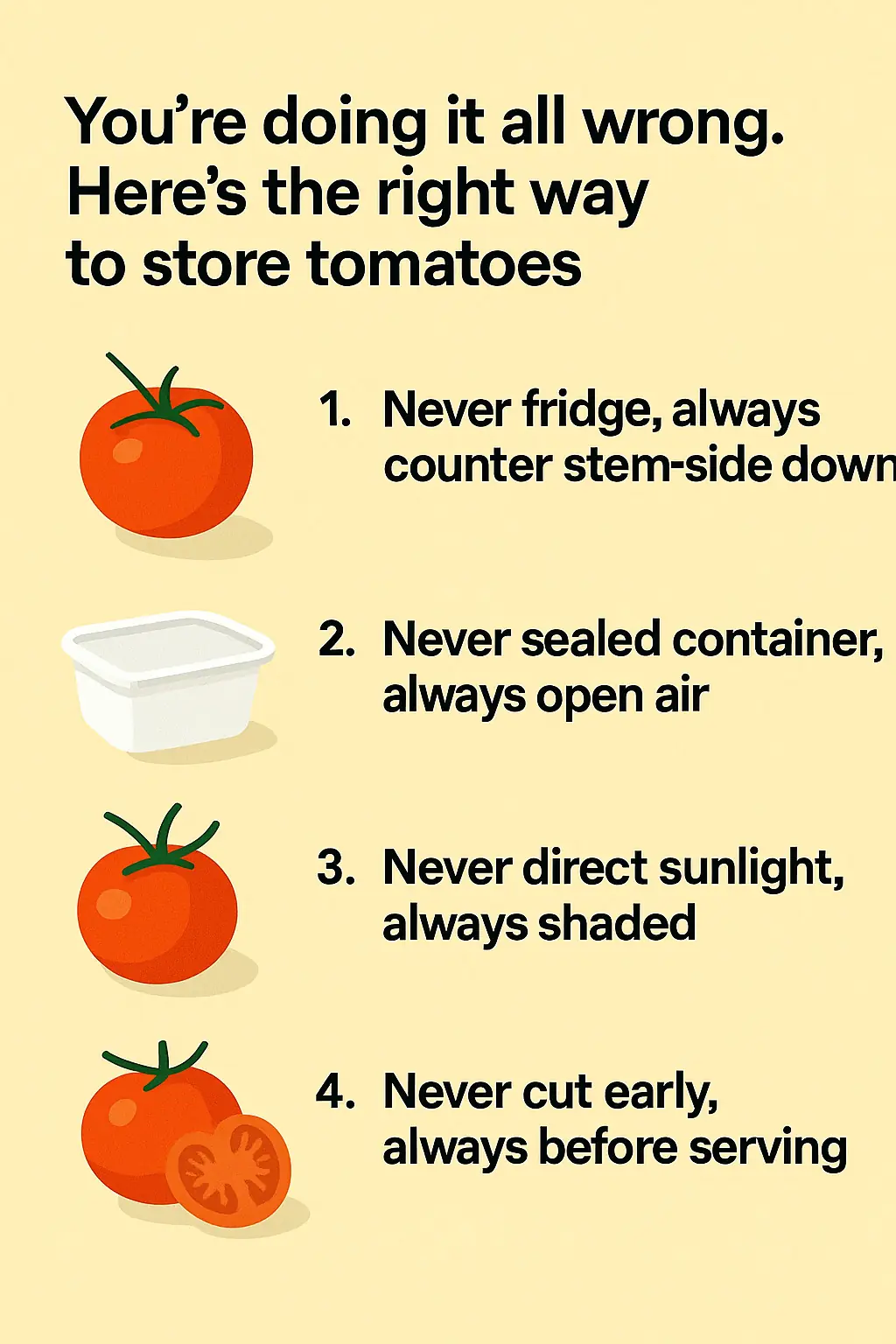
You're doing it all wrong. Here’s the right way to store tomatoes
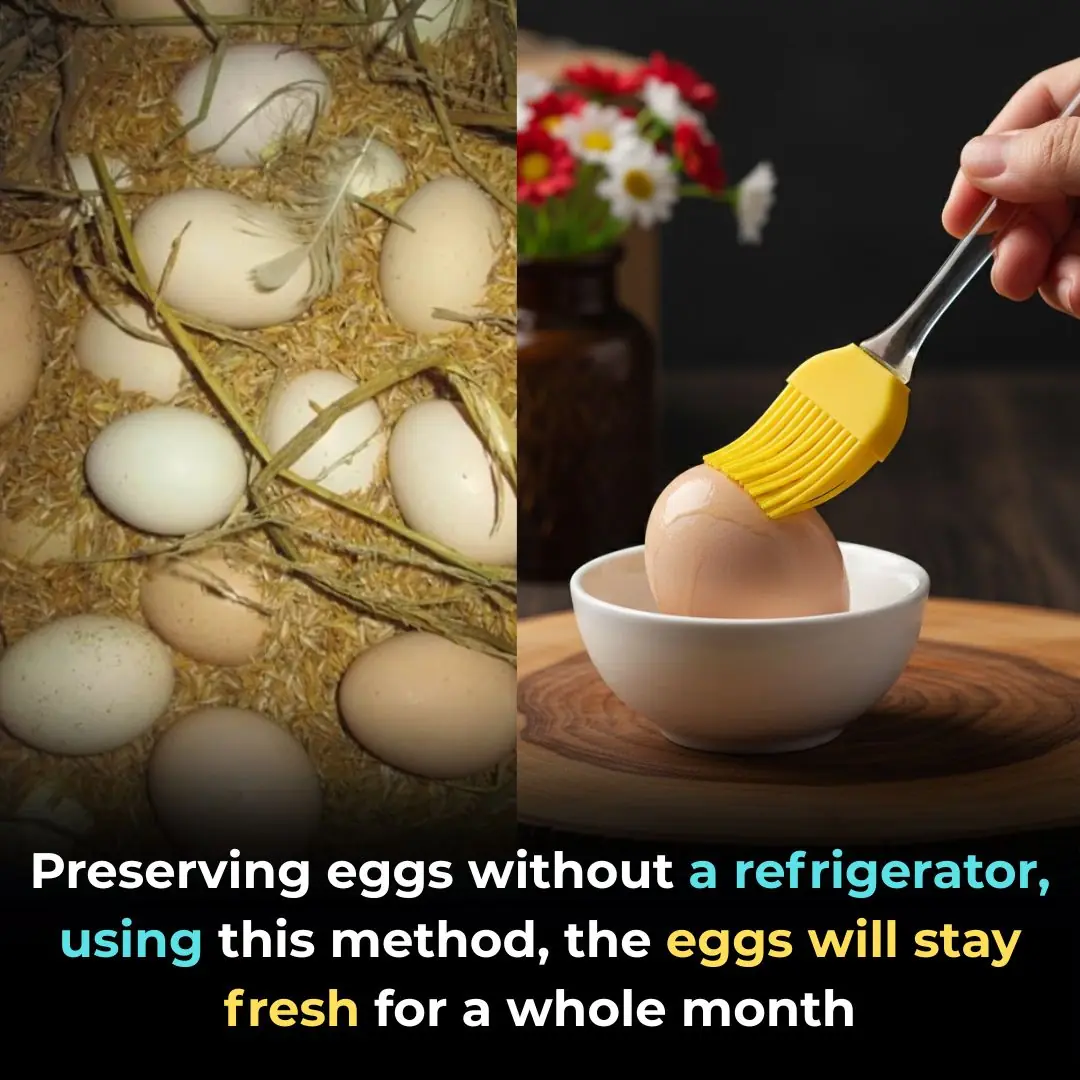
Preserving eggs without a refrigerator, using this method, the eggs will stay fresh for a whole month

Shrimp injected with impurities is easy to distinguish: Smart people will see this point

Tips for cleaning an air fryer without scrubbing and still clean as new

The water pipe is clogged, just blame this and it will be solved easily, no need to waste money calling a plumber.

How to clean the bathroom easily and effortlessly: It will stay clean and fragrant all week long

Simple tips for making crispy roast pork skin without much effort: Golden brown, crispy skin like in restaurants
News Post

You're doing it all wrong. Here’s the right way to store avocados

8 reasons why adding baking soda to your toilet tank is a must-do trick

Washing machine stays clean all year without scrubbing thanks to a common household liquid, saving millions every year 👇👇

Aster flowers, the 'miracle cure' hidden in roadside wild plants

A miracle will happen when you place a handful of pepper under your bed, too bad I just found out 👇👇👇

Don't boil chicken with salt and plain water, or it will turn out fishy and reddish. Try this method for golden skin and sweet meat.

Don't throw away tea that's been left overnight: It has up to 5 amazing uses that everyone will love
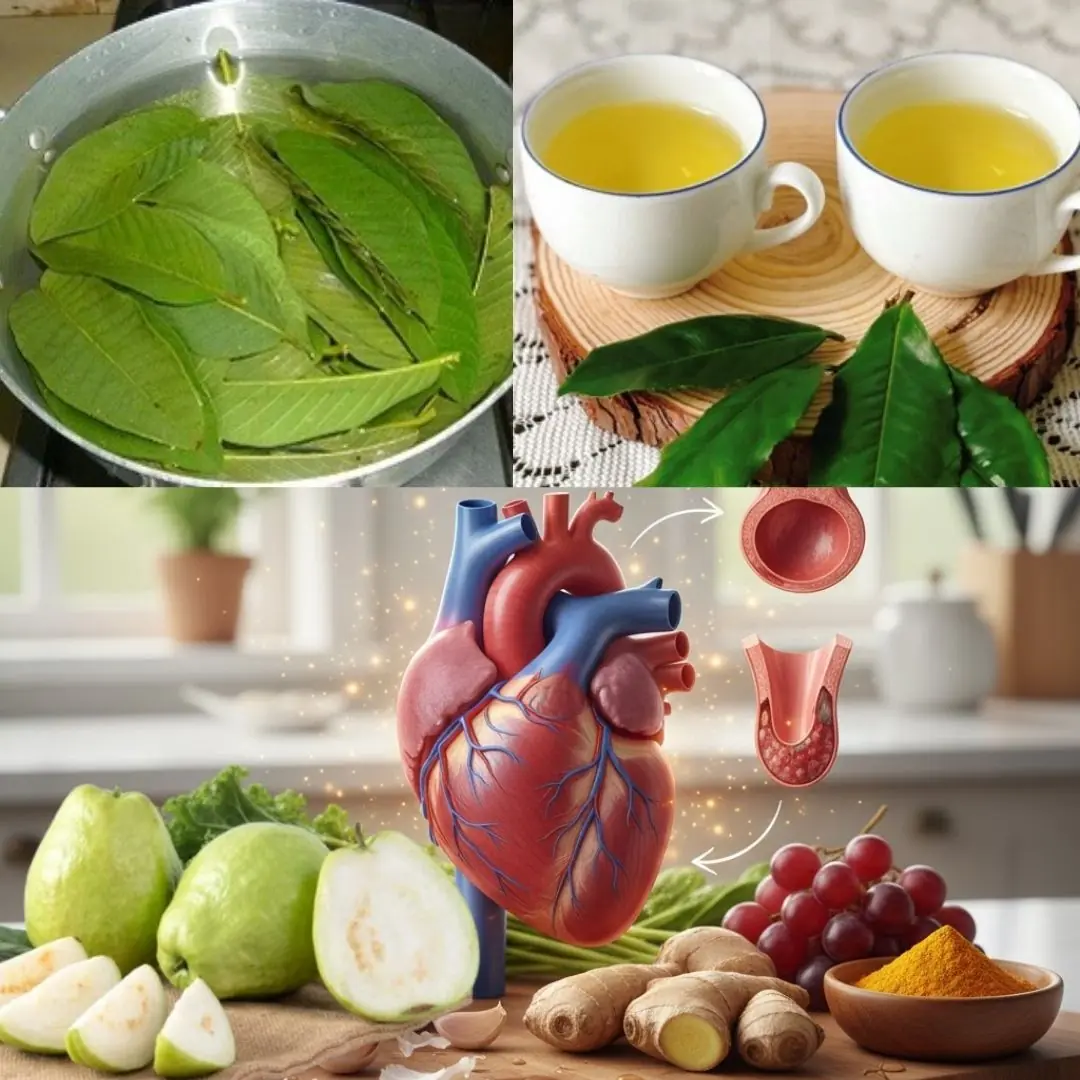
The Best Tea for Mornings and After Dinner: A Powerful Blend for Health

Homemade Vitamin E Cream for Face – Vitamin E Oil benefits for Skin

DIY Rice Cream for Glowing Skin - The Ultimate Anti-Aging Moisturizer

This DIY curry leaves and lemon oil can give your hair healthy growth

Grow Date Trees From Seed (Start in a Pot → Plant Outdoors): The Complete, No-Stress Guide

Should You Place a Fan Close to or Far from the Bed While Sleeping? Many Homes Are Doing It Wrong

Simple, Cost-Free Ways to Fix Moldy or Peeling Walls — Easy Solutions for Every Home
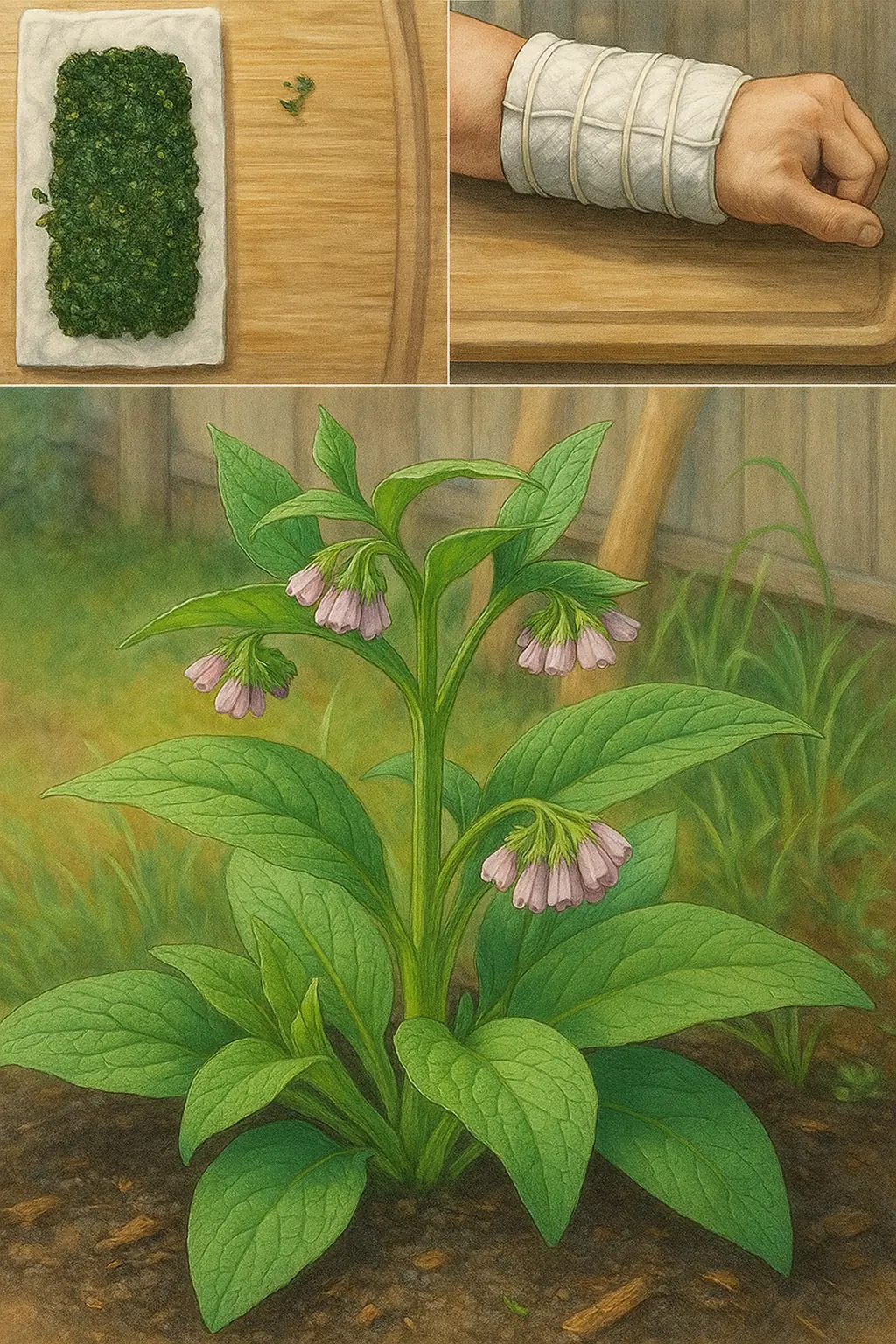
The Incredible Benefits of Common Comfrey: Uses, Remedies, and Precautions

Why Do Fish Sellers Often Use Black Plastic Bags? A Simple Trick Few People Notice

Why Do We Burn Steel Scrub Pads Over Fire? Many People Don’t Know This Useful Trick

Scientists discover evidence of 'Adam and Eve' living 200,000 years ago
